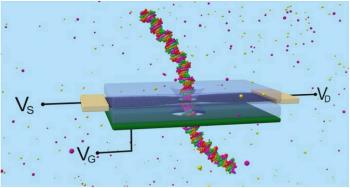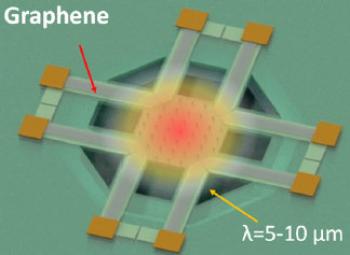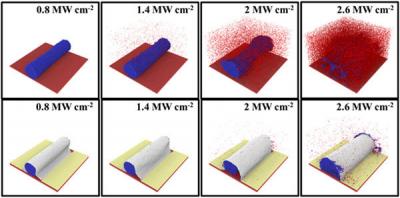A novel graphene coating could help diagnose lung cancer
A team of Chinese researchers, led by the Central China Normal University in Wuhan, has come up with a graphene-based extraction method for aldehydes from breath, which could aid in diagnosing lung cancer. This method can effectively extract hydrophobic small molecules such as aldehydes from breath while ignoring large biomolecules such as proteins, and it can also direct the extracted aldehydes straight to an HPLC system to determine its concentration.
The extraction method is based on in-tube solid-phase microextraction (IT-SPME), in which the inside of a thin tube is coated with an adsorbent material, usually some form of polymer. When a liquid sample is injected into this tube, the analytes of interest are adsorbed by the coating as the sample flows through, after which the analytes are released by a desorber for subsequent analysis. Critical to the whole process is finding a material that will effectively adsorb the analyte of interest while ignoring everything else.





